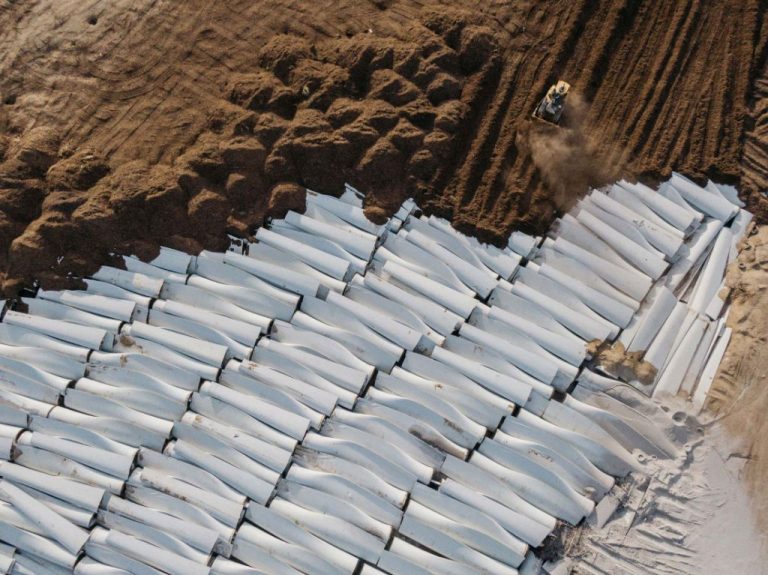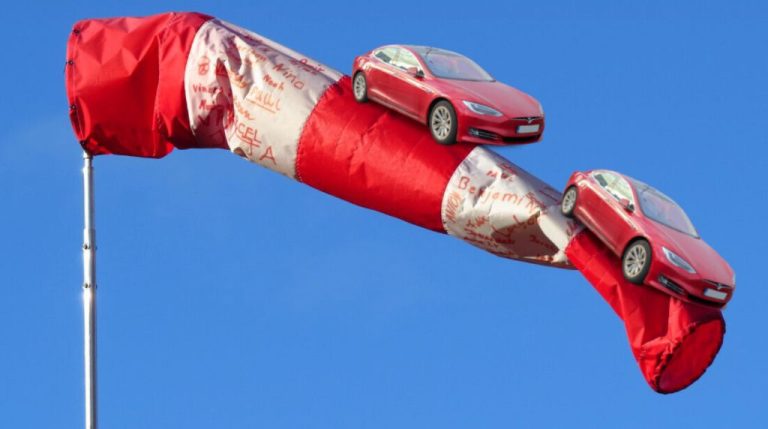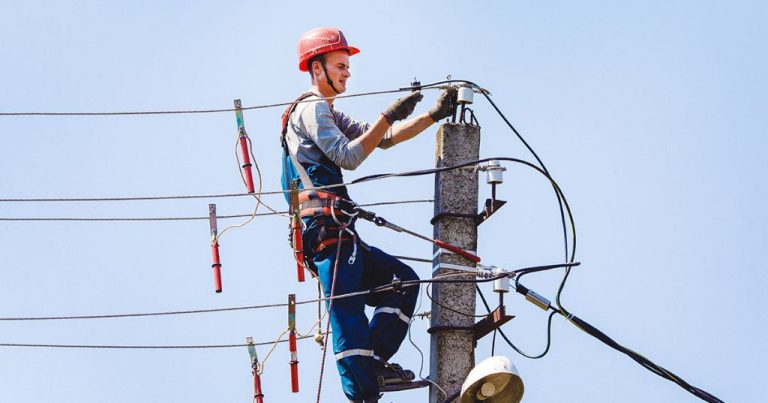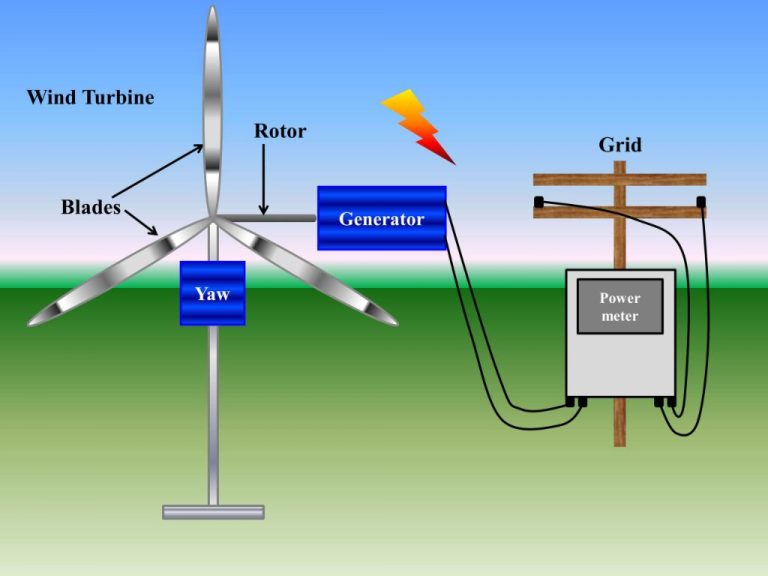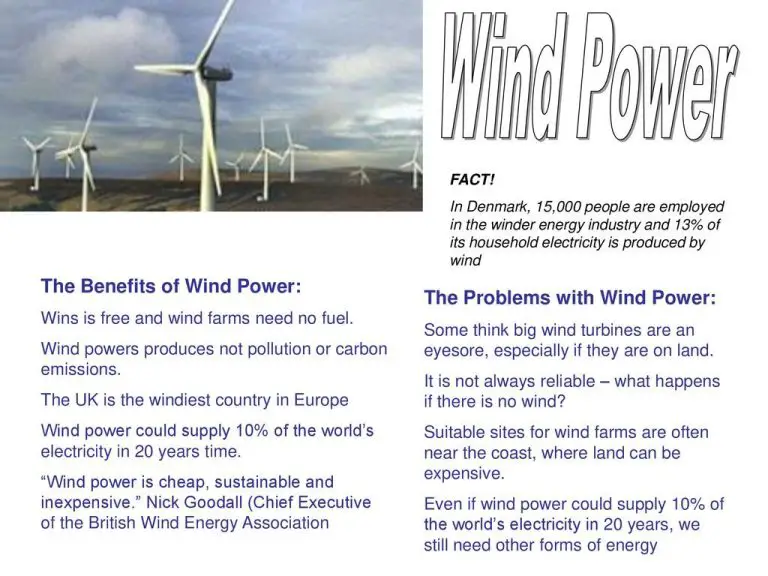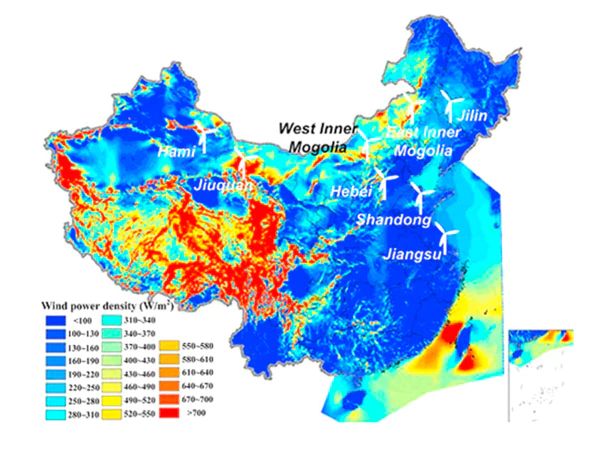What Are The Risks Of Wind Energy?
Introduction
Wind energy harnesses the power of the wind to generate electricity using wind turbines. According to the International Energy Agency (IEA), wind power is one of the fastest growing renewable energy sources in the world. In 2022, wind electricity generation increased by a record 265 TWh (up 14%), reaching more than 2,100 TWh. This was the second highest growth on record for wind power. The U.S. Department of Energy (DOE) also projects strong growth for U.S. wind power, with wind accounting for 22% of all new electricity generating capacity added in the country in 2022. Wind power is now the largest renewable electricity source in the U.S., providing 10.1% of the country’s electricity and continuing to expand each year.
Safety Risks
One of the primary safety risks associated with wind turbines is their potential impact on birds and bats. The rapidly spinning turbine blades pose a collision risk for birds and bats in flight. According to a study by the U.S. Geological Survey, wind turbines can directly harm birds and bats through collisions that cause injury or even death. Bat species appear to be among the most vulnerable, with some studies indicating that bat fatalities at wind facilities are more common than bird fatalities. The impacts depend on several factors including the location, configuration and operation of the turbines.
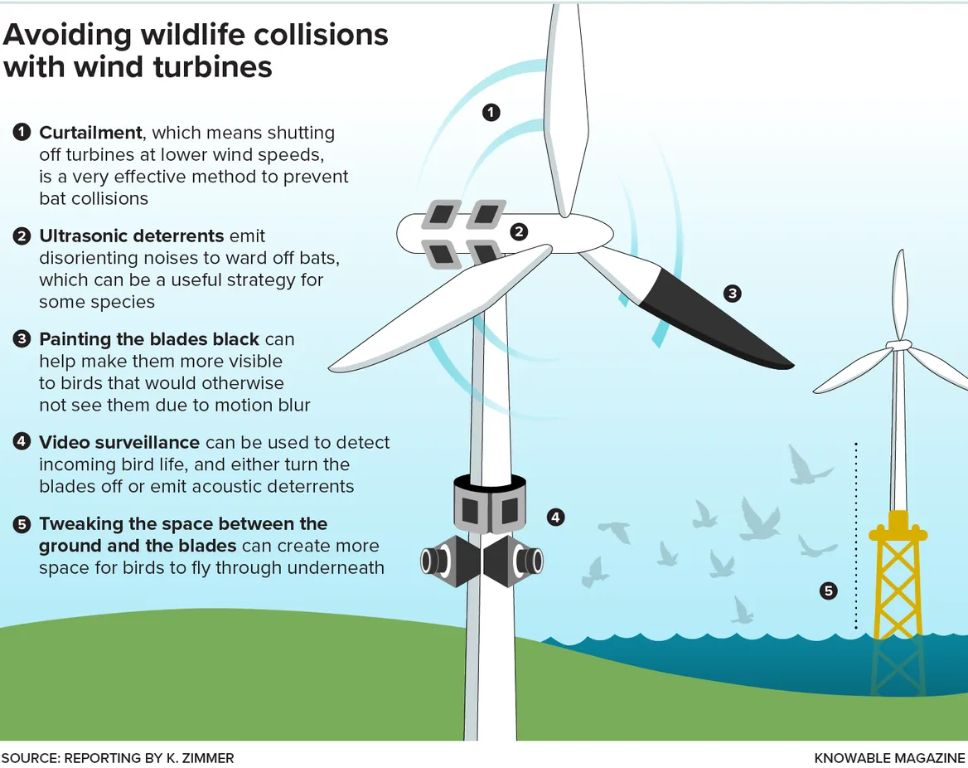
Blade and Ice Throw
Wind turbines can accumulate ice buildup on the blades in cold climates during winter weather. As the ice builds up, it can break off and be thrown distances of up to 1,500 feet (Source). There have been some reports of ice strikes causing damage to nearby buildings, vehicles, and in rare cases, injuries to people (Source). The risk tends to be highest within 300 meters of the turbine.
In addition to ice throw, failures of the rotor blades themselves can also lead to detached fragments being thrown long distances. This is a rare occurrence, but can happen if blades become damaged, corroded, or fatigued over time. Planned inspection and maintenance is important to detect and address any blade damage before failure occurs. Setback distances from roads, buildings, and public areas are designed to mitigate risks of ice and blade throw (Source).
Mechanical Failure
One of the risks associated with wind turbines is mechanical failure, which can lead to collapse of the turbine. According to a 2022 study published in the journal Materials, there are on average 3,800 incidents of wind turbine blade failure each year globally, with an estimated 700,000 blades in operation. The total repair cost of wind turbine blade failure is estimated at $100 million annually (https://www.ncbi.nlm.nih.gov/pmc/articles/PMC9101399/).
Mechanical failures can be caused by issues like material defects, design flaws, extreme weather events, and lack of maintenance. When turbines fail, it often results in the tower collapsing. One risk factor is older turbines nearing the end of their operational lifespan. A collapsed tower can be dangerous if people are in the vicinity during the failure.
Another study published in the Journal of Physics: Conference Series in 2023 analyzed failure data from over 1500 onshore wind turbines in Sweden. The estimated failure rate was 9.06 failures per turbine per year, with “mechanical brakes” and “mechanical drivetrain” being the most frequent failure causes (https://iopscience.iop.org/article/10.1088/1742-6596/2626/1/012025).
While relatively rare, collapse due to mechanical failure can have severe consequences. Proper turbine siting, design, installation, maintenance and operation are important to minimize risks.
Fire Risk
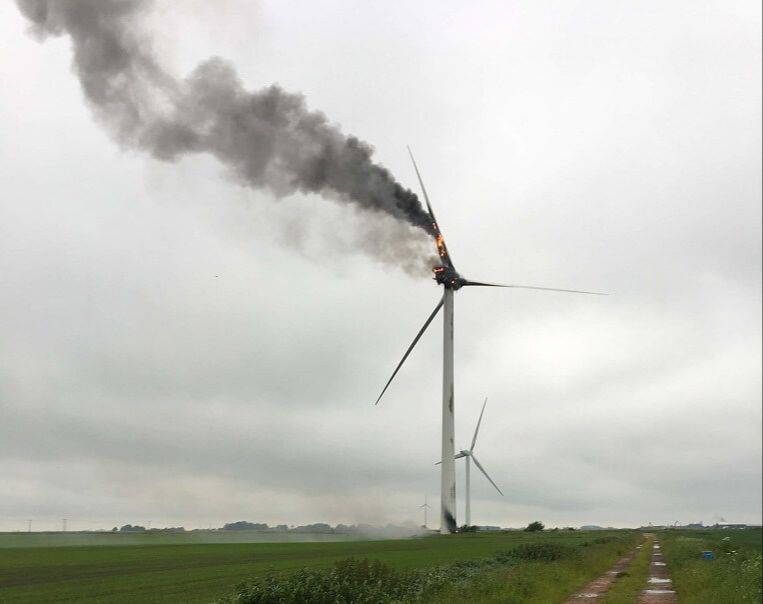
Fires are a significant risk with wind turbines due to the electrical components and flammable lubricating oils used in the mechanical systems. According to data analyzed by Firetrace, wind turbines account for 10-30% of all catastrophic wind turbine accidents, with fire cited as the second leading cause after blade failure [1]. The likelihood of a wind turbine fire has been estimated between 1 in 2,000 to 1 in 7,000 turbines [2].
Electrical fires can originate from short circuits, lightning strikes, electrical malfunctions, or overheated components. Mechanical fires often start from overheated gearbox bearings, brake malfunctions, or hydraulic fluid leaks. These fires can spread quickly within the nacelle and down the tower. With towers often over 250 feet tall and located in remote areas, turbine fires present unique challenges for emergency response.
Noise Pollution
Wind turbines produce noise and vibration that can disturb nearby residents. The main sources of noise are mechanical sounds produced by the generator, gearbox, yaw motors, cooling fans, and hydraulics [1]. Low-frequency noise or infrasound can also be generated as the turbine blades pass through the air. This type of noise is characterized by sound at frequencies lower than 20 Hz, which is below the normal hearing threshold [2].
Prolonged exposure to wind turbine noise has been linked to a range of health effects including headaches, fatigue, dizziness, tinnitus, ear pain, difficulty concentrating, irritability, and sleep disturbance [3]. The effects appear to be dose-dependent, with louder and more frequent noise associated with increased symptoms [3]. Setback distances from homes and noise reduction measures are often used to minimize disturbance.
Visual Impact
One of the major concerns with wind turbines is their visual impact on landscapes and natural scenery. Many find wind farms unattractive and believe they detract from the beauty of landscapes. According to research, wind turbines can have a significant negative impact on the scenic beauty of landscapes, especially pristine natural environments (Kirchhoff, 2022). The large, industrial structures contrast sharply with natural settings. Surveys show that the majority of people believe wind turbines reduce the scenic value of landscapes.
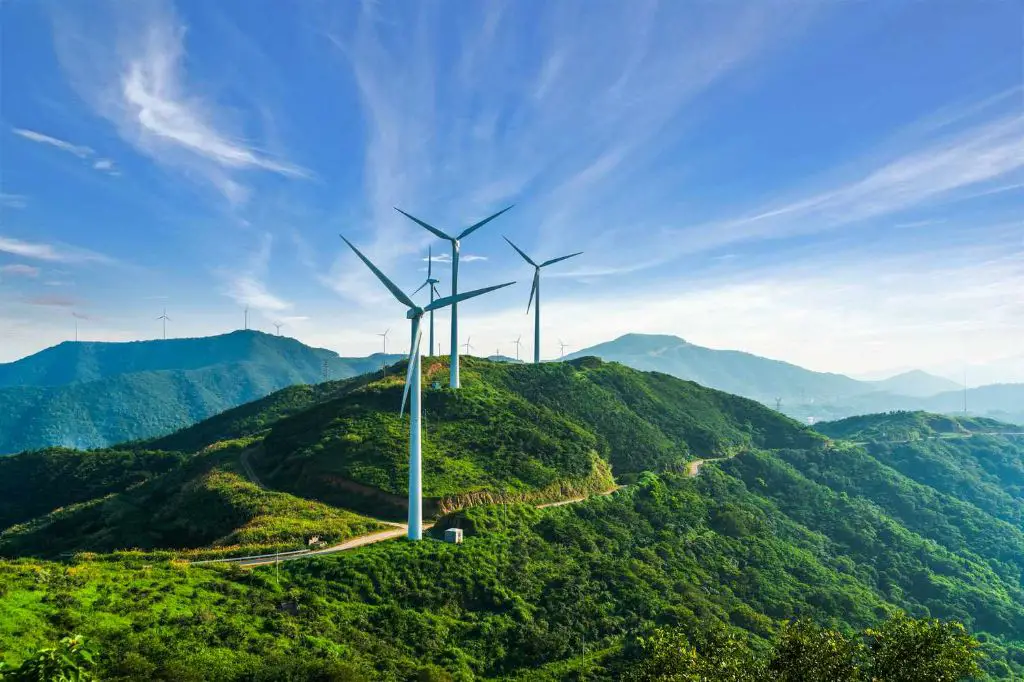
The visual impact of wind turbines depends on factors like the number, size, and siting of the turbines. Larger, clustered wind farms tend to be perceived as more visually displeasing. Offshore wind farms are generally seen as less intrusive. The aesthetic judgments also depend on the existing landscape and viewer attitudes. Those who value untouched natural beauty tend to object more to wind turbines than those who see the landscape as developed or industrial.
Because the scenic impact of wind power projects is highly subjective, visual impact assessments are important for evaluating community perspectives. With careful siting and design, the visual disturbance of wind turbines can be minimized. However, many believe the tradeoff of renewable energy versus landscape aesthetics must be weighed carefully, especially in particularly scenic areas.
Electromagnetic Interference
Wind turbines can cause electromagnetic interference in some cases. The moving blades can reflect and obstruct radar signals used for aviation and weather detection (U.S. Department of Energy, 2015). One study found over 17,000 instances of wind farm interference with aviation radars in the UK over a 7-year period (Sasarita, 2015).
The turbines’ presence can also impact telecommunication signals for radio, television, and wireless internet. The Doppler effect from rotating blades can cause interference on the radio spectrum. The towers themselves can block, reflect, and refract signals. One example found digital television signals were disrupted within 2 kilometers of a wind farm (Electromagnetic interferences, n.d.).
Proper planning and siting is important to minimize disruption of radar and telecoms from wind turbines. Advanced filtering and processing can also help reduce interference of aviation radar systems (Sasarita, 2015). Overall, while wind farms can cause some electromagnetic interference, the impacts can usually be mitigated through careful design and planning.
Conclusion
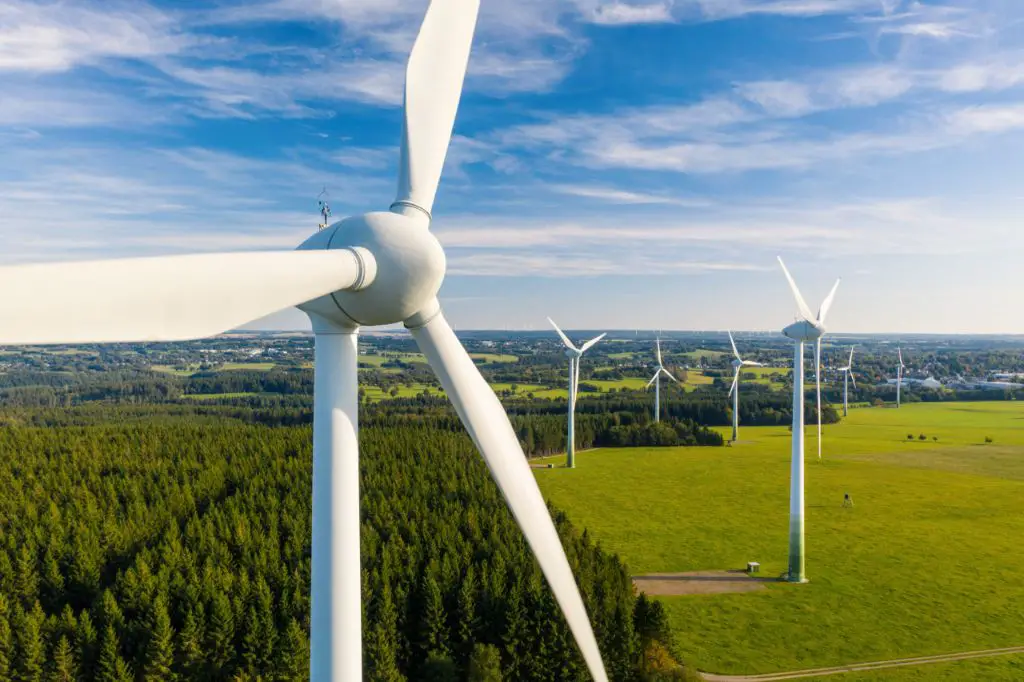
In conclusion, wind energy does carry some risks that need to be properly managed. The main risks include safety issues from blade and ice throw, mechanical failures, fire, noise pollution, visual impacts, and electromagnetic interference. However, with proper siting, operation, and maintenance procedures, these risks can be minimized. Modern wind turbines are very well engineered for reliability and safety. Noise and visual impacts can be reduced through community engagement in the planning process. Electromagnetic interference is rare and manageable. Overall, the risks of wind energy are manageable and pales in comparison to the health and environmental benefits of clean renewable electricity production. With responsible planning and management, wind energy can be harnessed as a safe and sustainable part of our energy future.
Further Reading
This section provides a list of additional resources to learn more about the risks of wind energy:
American Wind Energy Association – Wind Energy and the Environment: https://www.awea.org/wind-101/environment. This resource from the AWEA provides a balanced overview of wind energy’s potential impacts, addressing noise, wildlife, visual issues and more.
NREL – Potential Environmental Impacts of Wind Energy: https://www.nrel.gov/analysis/environmental-impacts.html. The National Renewable Energy Laboratory provides an in-depth look at how wind turbines can affect wildlife, habitat, radar systems and other factors.
Department of Energy – Advantages and Challenges of Wind Energy: https://www.energy.gov/eere/wind/advantages-and-challenges-wind-energy. The DOE examines wind energy issues including land use, noise, and risks to birds and bats.
Journal of Energy Resources Technology – A Review of the Environmental Impacts of Wind Farms: https://asmedigitalcollection.asme.org/energyresources/article-abstract/120/3/030301/377854. This journal article provides a detailed review of multiple environmental considerations related to wind farms.
Windustry – Wind Energy and Birds/Bats: https://www.windustry.org/resources/wind-energy-and-birds-and-bats. Windustry’s information on wind’s impacts on birds and bats includes an overview of research findings and mitigation strategies.

